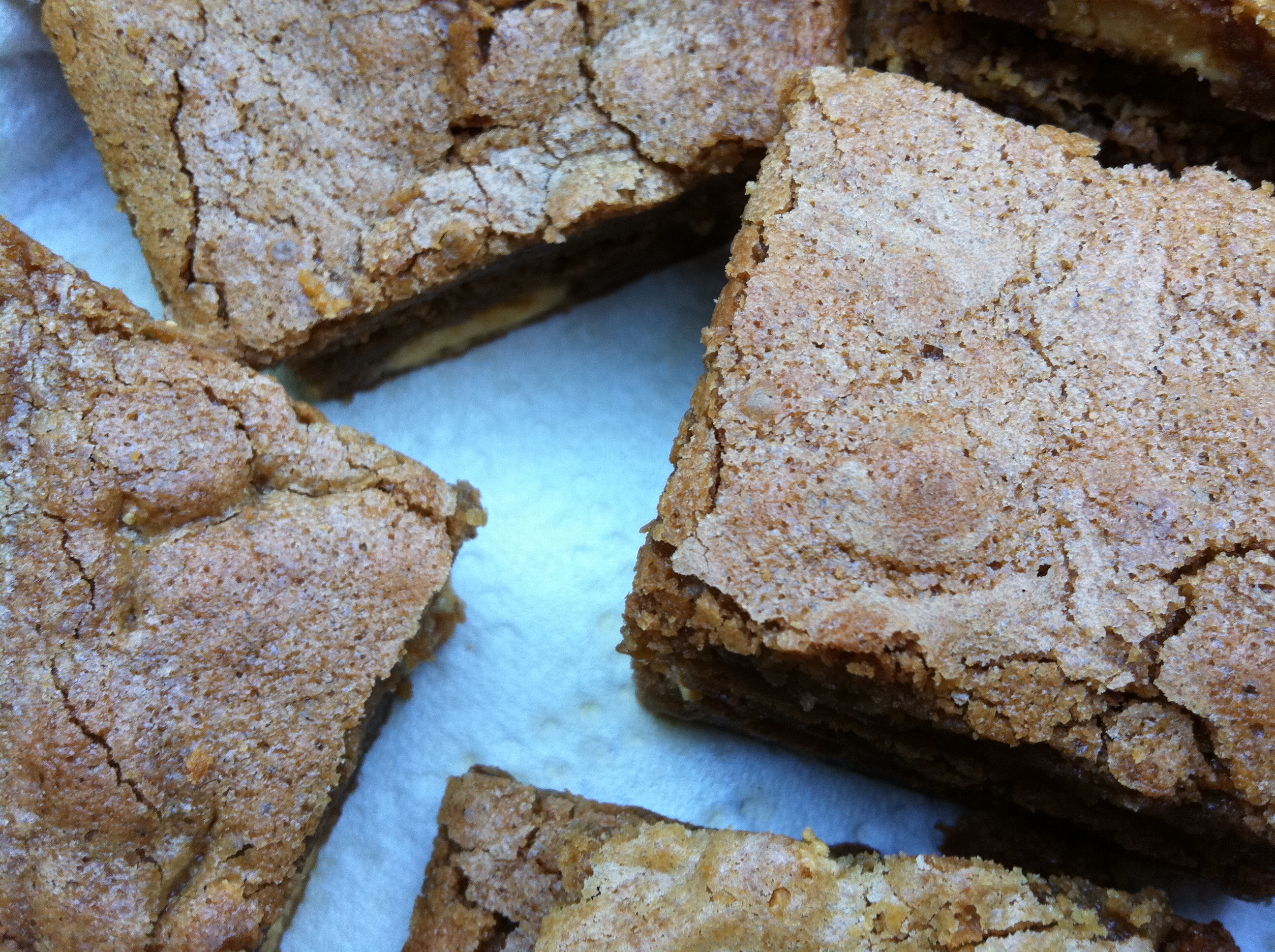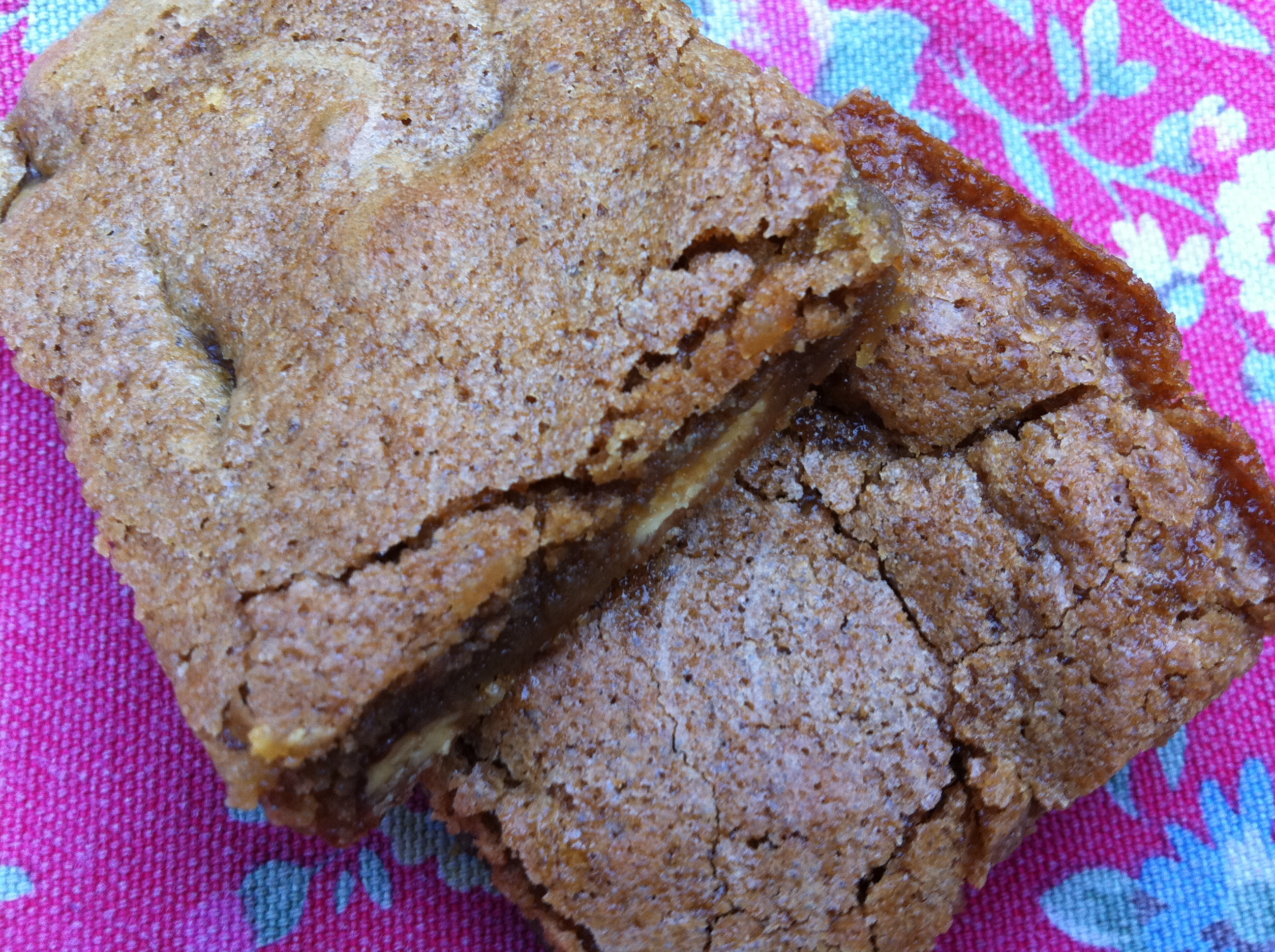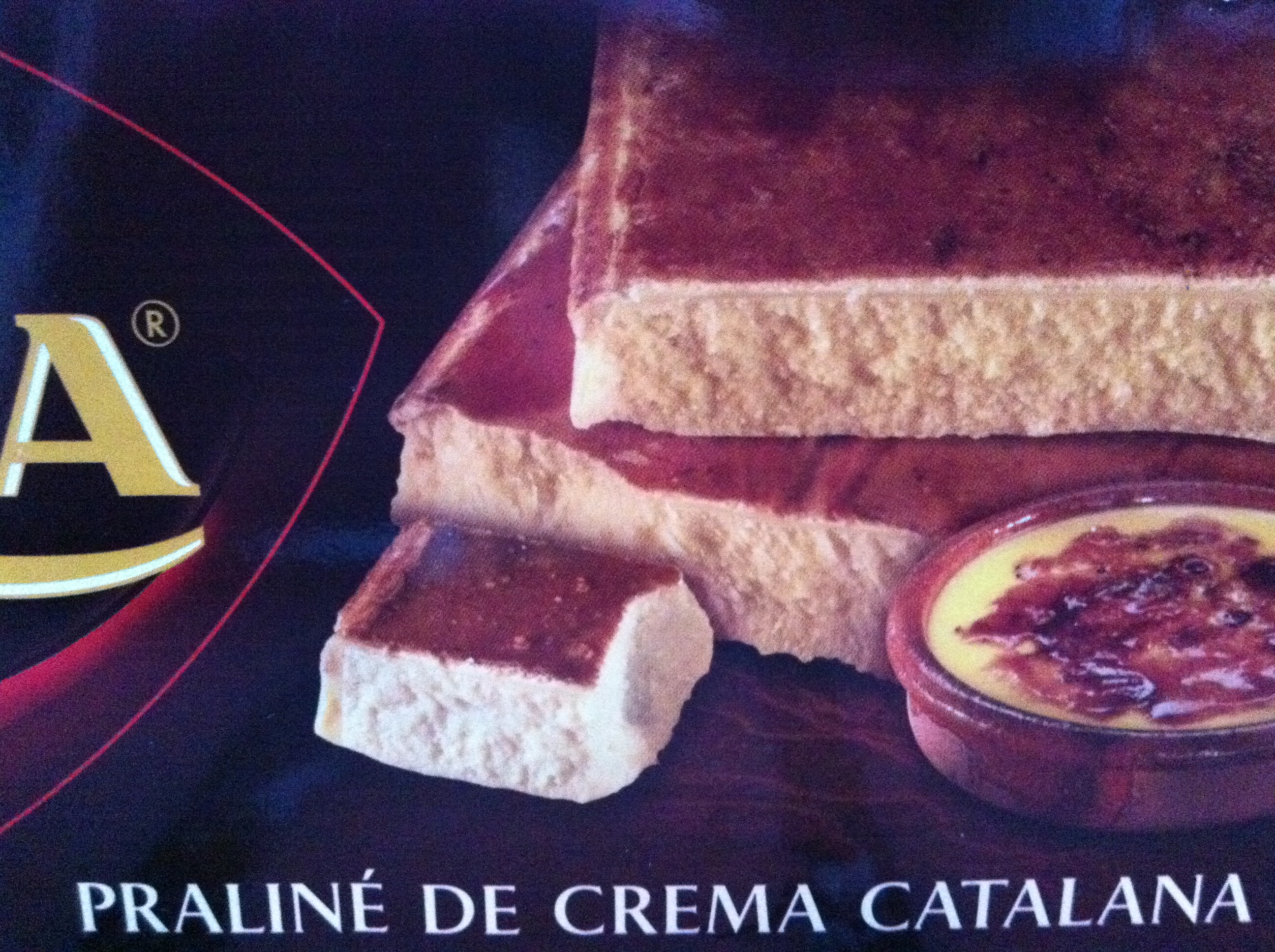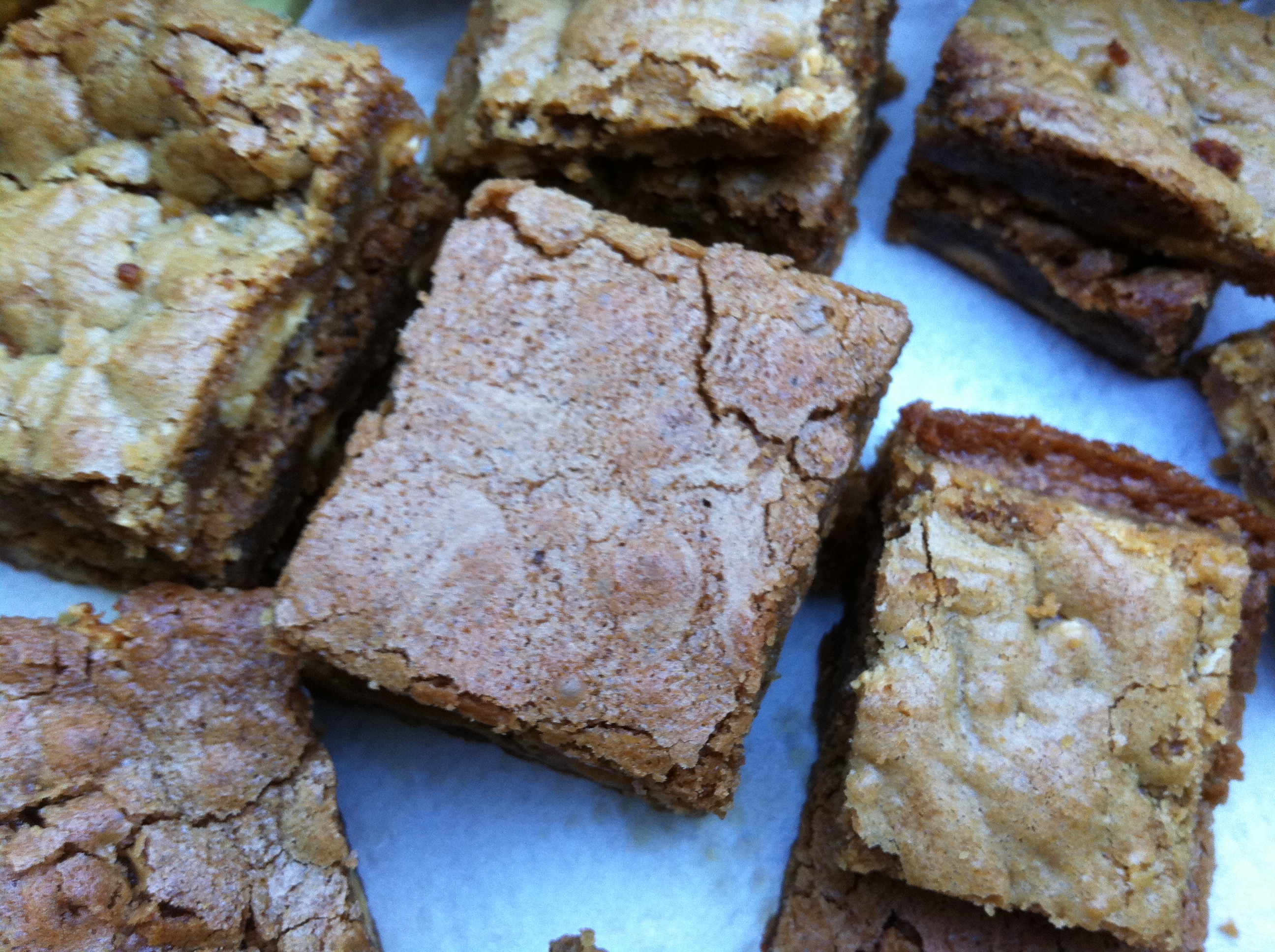Spain isn’t a country renowned for its desserts. On a recent trip to Barcelona, the majority of our sweet consumption was split between flaky treats from the local pastelerías at breakfast time and a requisite daily ice cream; justified as compulsory thermostat control on the sweltering beach or busy streets. Maybe the rest of the food and drink on offer is just too good; after wedges of tortilla, melting plates of jamón, rich, creamy croquetas and raisin scented sherry, dessert might well be the last thing on your mind.
However if you are in the mood for something sweet, it’s hard to avoid the ubiquitous crema catalana. A traditional Spanish dessert of creamy custard topped with a layer of caramelized sugar dating back to the 18th century (Spaniards claim to have invented this dessert over a century before the infamous ‘burnt cream’ came out of a kitchen at Trinity College Cambridge), it was traditionally served for the feast of St. Joseph (the Spanish equivalent of Fathers Day), but is no longer confined to a specific occasion.
Spanish crema catalana and French crème brûlée are pretty similar, but while crème brûlée is set by baking in the oven and caramelizing the sugar with a flame, crema catalana is set by chilling, and traditionally branded with a hot iron to achieve the trademark crusty layer. Small differences, but fiercely guarded by traditionalists nonetheless. Nowadays you can find crema catalana on menus pretty much anywhere in Spain – but finding the perfect specimen can be a little trickier; like paella it can range from the dreamy to the downright disgusting.
We had one memorable version at a great little restaurant down on Barceloneta beachfront – cool, creamy and light with an itchingly sweet sugar brittle on top which cracked and melted into the custard as you ate – but an even more exciting find was a crema catalana flavoured turrón we picked up on the last day. [I’ve not included a crema catalana recipe here, but for a fabulous twist on the original, try José Pizarro’s version with caremalized figs from the book Seasonal Spanish Food].
Turrón is another traditional Spanish sweet (ok, so maybe they do have a fairly strong sweet tradition, but I was talking specifically about dessert), typically made from honey, sugar, egg white and toasted almonds and shaped into a rectangular block. It comes in soft and hard versions (I prefer the former), and a proper turrón has a minimum of 60% almond content. The version I found doesn’t. In the same way that white chocolate is scorned by some for failing to contain any cocoa solids, I think it’s fair to say that turrón traditionalists wouldn’t approve of this gimmicky version of the classic treat.
But it’s really good. Like white chocolate, the taste isn’t for everyone. It’s super sweet, with a mild flavour and sugary crumble that’s just the right side of cloying. Not something for every day, but delicious in tiny nuggets as an after dinner fix or mid-morning nibble. It looks fun too, with a pale gold, praline textured underside and burnt brown top. And it seems to work well in baking as a substitute to the more standard chocolate chip.
[Intrigued, I went onto the brand’s website when I got back to England. In 1943 they were the first Spanish brand to create a turrón of chocolate and almonds, and have since evolved a whole host of weird and wonderful sugary concoctions from truffle and tiramisu to orange, rum and raisin and strawberries and cream. Have a peek at their website here if you’ve got as sweet a tooth as I do].
The recipe below calls for a small amount of chopped turrón. I used the crema catalana version as it’s what I had to hand, but you could substitute with normal turrón, white chocolate chips or chunks, or dark chocolate for a slightly more adult version. In fact this recipe is infinitely adaptable – because you’re working with such a plain cookie-like base; you can stir in nuts, dried fruit, peanut butter, a small amount of mashed banana, a dash of alcohol . . . all variations work an absolute treat.
I baked my first batch in a slightly oversized tin, the result being a thinner, crispier, more biscuit-like blondie. Not bad, but second time round I doubled up quantities and was rewarded with a thicker, gooier, altogether more wicked version. Sweet.
Blondies with Spanish turrón
Ingredients:
115g butter, melted and cooled
240g light brown sugar
1 large egg, beaten
1 teaspoon vanilla extract (or you could use almond extract if not using turrón)
Pinch salt
125g plain white flour
100g turrón
Method:
- Grease and line a 20 x 20cm (8 ×8″) pan
- Mix the melted butter with the brown sugar and beat until smooth. Beat in egg and then vanilla.
- Add salt, flour and mix to incorporate. Add the turrón, or any other additions of your choice (see above).
- Pour the mixture into the tin, smooth flat and bake at 170 degrees C for approx. 20-30 mins, or until set in the middle.
- Leave to cool before turning out and cutting into slices.
As with brownies, I suggest you err on the side of caution and check the mixture well before you think it might be ready. If the cooled blondie is too undercooked, you can always pop it in the fridge to firm up before cutting into squares. If overcooked, these blondies actually fare quite well, becoming crisp and chewy rather than the cakelike consistency you get from an overcooked brownie. But I still prefer them slightly gooey in the middle.










I love the idea of using turron in the brownies – they look delicious.